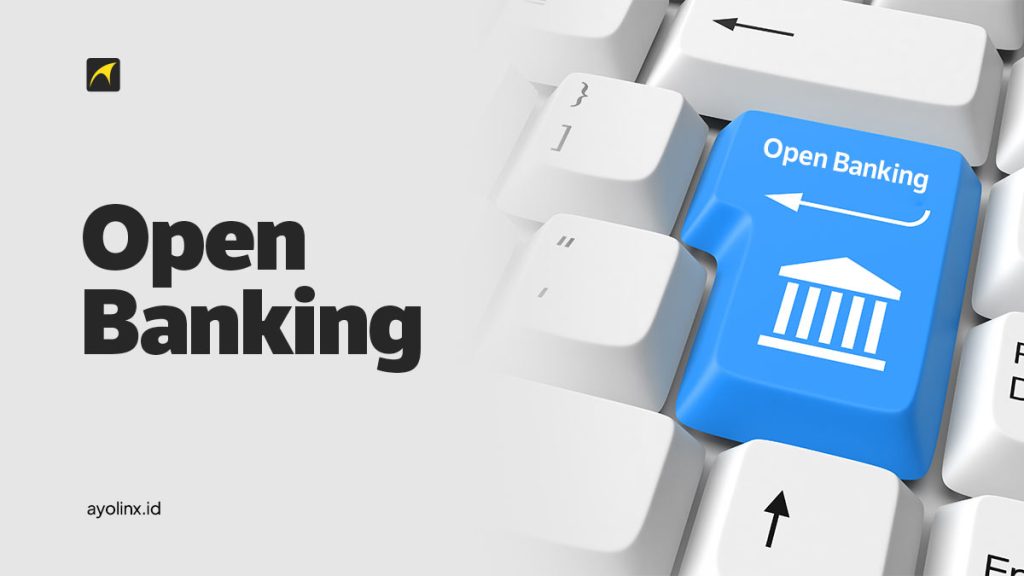Punya bisnis tapi masih bingung cara ngitung modal dan harga jual yang pas? Tenang, kamu nggak sendiri! Biar bisnis kamu makin cuan dan nggak boncos, penting banget buat ngerti gimana cara mengatur keuangan dengan tepat. Di artikel ini, kita bakal bahas tuntas gimana cara menghitung modal dan harga jual yang efektif, lengkap dengan tips dan trik biar bisnis kamu makin stabil dan untung terus!
Definition of Capital
Capital refers to the funds or resources used to start, run, and develop a business. Capital is the fundamental foundation in any business activity because without it, business owners cannot purchase raw materials, pay employees, or manage other operations.
Types of Capital
1. Fixed Capital
Fixed capital is the type of capital used to purchase long-term assets that do not deplete in a single production cycle. Examples include machines, operational vehicles, work equipment, and business premises.
2. Working Capital
Working capital refers to the funds used to support daily operations, such as purchasing raw materials, paying employees’ wages, and other routine and recurring expenses.
Also Read: 20 Current and Profitable Small Capital Business Ideas!
How to Calculate Capital
1. Identify Expense Components
Before calculating capital, you need to identify all the expenses required to start and manage the business. Some of the expense components include:
- Initial expenses: Purchasing assets like machinery and equipment, as well as renovation costs for the business premises.
- Operational expenses: These include raw materials, employee wages, rent, and other ongoing costs.
- Marketing expenses: Budget for promotions and advertising.
- Administrative and tax expenses: Includes permits, financial reporting, and business taxes.
- Emergency fund: A reserve for unforeseen risks or situations.
2. Calculate Total Capital
After identifying all expenses, sum up all the components to determine the total capital needed. This total is important for overall financial planning and for assessing funding needs.
Tips and Tricks for Managing Capital
- Create a realistic budget and stick to it.
- Monitor expenses regularly and evaluate the effectiveness of capital usage.
- Consider seeking external funding if the available capital is insufficient to grow the business.
Definition of Selling Price
The selling price is the amount of money charged to consumers for a product or service. Setting the right selling price must be done strategically so that the business can make a profit while remaining competitive in the market.
Factors Affecting Selling Price
1. Production Costs
Production costs include all expenses needed to produce a product, including raw materials, labor, and overhead costs. The selling price should at least cover the production costs to avoid losses.
2. Desired Profit
Profit refers to the earnings a business wants to make from selling a product. The selling price should take into account the desired profit margin so that the business can grow sustainably.
3. Market Competition
The presence of competitors influences pricing decisions. Knowing the price of similar products from competitors helps businesses adjust their pricing strategy to stay competitive.
4. Consumer Demand
Market demand is also a key factor. If demand is high, the price can be increased. On the other hand, if demand is low, prices may need to be reduced to remain attractive to consumers.
Also Read: What is Bundling? Definition, Benefits, Types, and Challenges
How to Calculate Selling Price
1. Cost-Plus Pricing Method (Cost + Profit)
This method adds the desired profit percentage to the production cost per unit.
Formula:
| Selling Price = Production Cost per Unit + (Production Cost x Profit Percentage) |
2. Value-Based Pricing Method
This method is based on the perceived value or benefit that consumers associate with the product. Business owners need to understand how consumers perceive the value of the product in order to set a price that meets market expectations.
3. Competitive Pricing Method
The selling price is set based on the prevailing market prices from competitors. This strategy can be used to compete directly or highlight the unique benefits of the product.
Tips and Tricks for Setting the Selling Price
- Conduct market surveys to understand average prices and consumer preferences.
- Calculate all production costs and set a realistic profit margin.
- Be flexible in pricing, considering market conditions or promotional strategies.
Example of Capital and Selling Price Calculation
Capital Calculation
- Initial expenses: Rp 30,000,000 (coffee machine, bottle packaging, cooling system, and display case)
- Monthly expenses::
- Raw materials & supplies: Rp 8,000,000
- Employee wages: Rp 4,000,000
- Promotions and advertising: Rp 1,500,000
- Other operational costs: Rp 1,500,000
- Emergency fund: Rp 2,000,000
Total Initial Capital = Rp 30,000,000 + Rp 17,000,000 = Rp 47,000,000
Selling Price Calculation
Assuming the production cost per bottle of coffee is Rp 5,000 and you target a profit of 40%, the selling price would be:
Selling Price = Rp 5,000 + (Rp 5,000 x 40%)
= Rp 5,000 + Rp 2,000
= Rp 7,000 per bottle
Managing capital and setting the right selling price are crucial for business success. Capital is divided into fixed capital for long-term assets and working capital for daily operations. To calculate capital, identify all the expenses and sum them up.
Selling price is determined by considering production costs, desired profit, competition, and consumer demand. Some methods to determine the selling price include cost-plus pricing, value-based pricing, and competitive pricing. By managing both capital and selling prices effectively, a business can grow and remain profitable.




